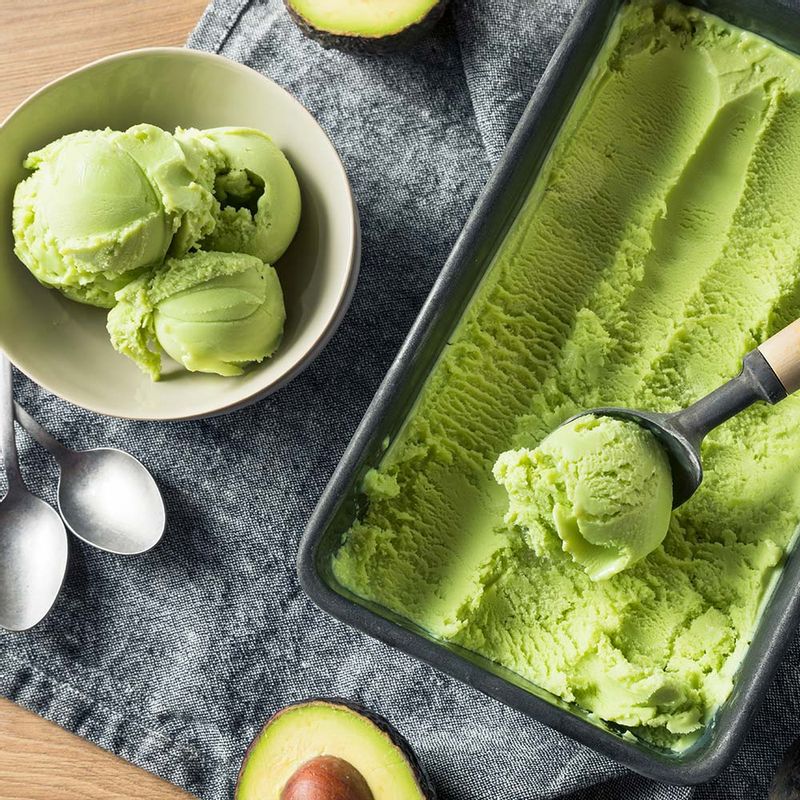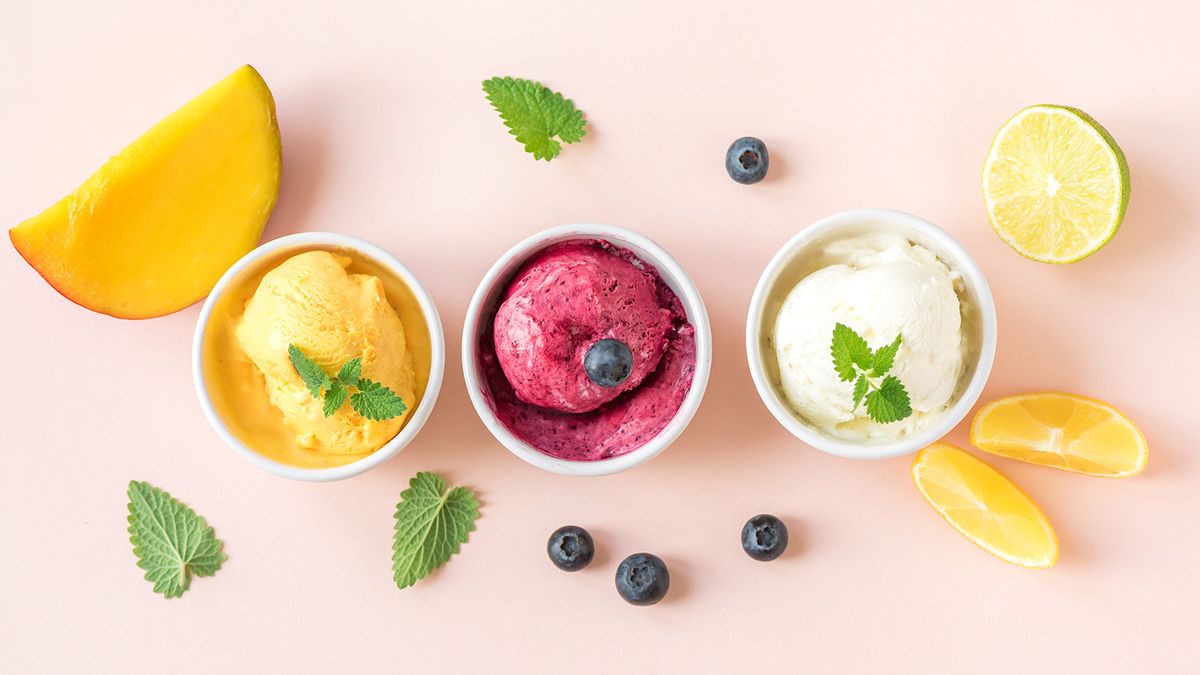All you vegans, lactose intolerants and even those simply trying to avoid dairy, here’s your chance at having your share of summer’s chilled delight – without the dairy!
Since we’re more of great ice cream eaters than makers, we turned to the pros and asked them to share their best tricks for making quality homemade vegan ice creams. We’re glad to tell you that your days of FOMO, failed attempts and sad-tasting ice creams are officially over. Say hello to dairy-free frozen indulgences!
1. Say no to milk
While there may be a number of non-dairy milk options, picking the right one for your ice cream base can be tricky. Non-dairy milk tends to have a high-water and low-fat content, which means, get the wrong dairy substitute and you end up with an icy and unappetising ice cream. This is why it’s best to opt for dairy-free options that are higher in fat.
While most recipes typically call for almond milk as the base, other non-dairy milk too can work. Cashew, a neutral-tasting nut, also makes for a more versatile base compared to other nut milk. Bengaluru Marriott Whitefield’s pastry chef, Rahul Shetty, suggests opting for soya milk as it is easily available. The other most preferred choice in vegan ice cream recipes is canned coconut milk. A word of caution, ice cream made with it will taste coconutty.
2. Fattening up your base
If you choose to go with coconut milk by itself, know that it isn't fatty enough on its own to make super-creamy ice cream. To get around this, you can cook coconut milk into a custard with starch such as cornstarch or tapioca.
Vegan ice cream recipes suggest the addition of fat in the form of coconut cream, a product similar to coconut milk except that it's made with double the amount of coconut. Other recipes call for the addition of cocoa butter, coconut oil, or a blend to create a truly rich and creamy dessert.
3. Sweeten up
Coming to sweeteners, apart from aiding the taste, they help in bringing down the freezing temperature and give a body to the ice cream, as chef Vibhuti explains. When it comes to sweetening the ice cream, instead of sugar or powdered sugar, you could opt for liquid sugars such as corn syrup, which is known to add richness, independent of the dairy-based stuff.
4. Give vanilla a break
We’d recommend opting for bolder flavours—you'd be surprised at the number of flavours coconut pairs well with, chocolate, coffee, mint, caramel and all things fruity. For something chocolatey, simply whisk in cocoa powder.
For a coffee or mint flavoured batch, steep your coffee grounds or mint leaves just like you would when making dairy-based ice cream. You could also give black, green, white, or whatever your favourite tea variety happens to be a try. Besides, adding a little hooch can help give your ice cream a boost of flavour.
A word of caution: don’t get too carried away because the more the booze you add, the softer your ice cream will turn out. If a recipe calls for the addition of alcohol, but you’d like it to be alcohol-free, simply substitute a similar flavour extract and add non-dairy milk to replace the amount of alcohol called for.
5. Blend away

The texture of vegan ice cream is dependent on the emulsion of its ingredients where each ingredient has a role to play in defining the flavour and texture of the ice cream, explains chef Vibhuti. “Ice crystals give body and solidity to the ice cream and tinier the size of the ice crystals, the smoother the ice cream. Fats, on the other hand, stimulate richness, stability, density and aid in the smooth palate of the ice cream. Sweeteners help in reducing the freezing temperature and giving body to the ice cream. Lastly, air gives volume to the ice cream,” he explains. These ingredients are emulsified through a continuous churning and simultaneous chilling procedure of an ice cream maker.
In case you don’t have an ice cream maker, rely on an immersion blender, which should be constantly working to ensure you get it right. “Once your ingredients have well been incorporated, keep the ice cream inside the deep freezer and every half an hour keep on mixing the ice cream,” says chef Shetty. This will help incorporate air and avoid ice crystal formation in the ice cream. Without constant blending or mixing, the fats will seize up and won’t get fully incorporated, leaving you with grainy ice cream.
Strongest words of advice to all you amateur ice cream makers out there: Always follow the recipe. While we love swapping and substituting, it may not necessarily yield positive results with making ice cream. A good batch of vegan ice cream is now just a recipe away!


